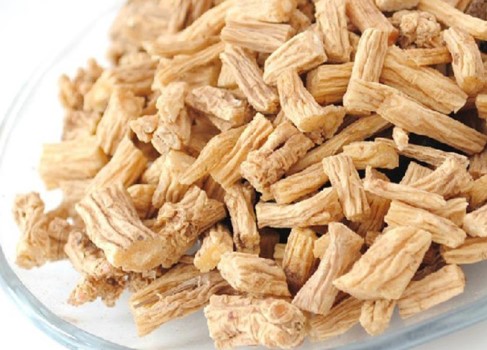SunSirs: Codonopsis Pilosula Market continues to Rise in China
June 15 2023 14:10:01 SunSirs (Selena)
According to the monitoring of the Commodity Market Analysis System of SunSirs, Angelica and Codonopsis pilosula have surged again this month, and the origin market is once again hot. Currently, the unified price of Angelica in the origin is between 160-170 RMB/kg, an increase of 36.97% compared to the beginning of the month and a year-on-year increase of 293.72%; Codonopsis pilosula is priced between 150 and 160 RMB/kg, an increase of 37.48% compared to the beginning of the month and a year-on-year increase of 188.68%. Due to the high prices of Gansu varieties of Codonopsis pilosula and Angelica, many merchants have shifted their investment targets to the low-priced Astragalus. With the active purchasing of many merchants, prices have slightly increased. Currently, the unified price of Astragalus in the production area is between 25-27 RMB/kg, an increase of 9.65% compared to the beginning of the month and 58.23% year-on-year.
Bozhou market: Codonopsis pilosula: As the price of the place of origin continues to rise, the market continues to rise. At present, the asking price of small goods in Bozhou market is between 140-150 RMB, and the asking price of medium goods is about 170 RMB. Due to the obvious increase in the short term, merchants are more cautious in purchasing.
Anguo market: Codonopsis pilosula: In the near future, the supply of goods in the production area is smooth, and the market continues to rise. Operators often buy according to demand. The current market price of Codonopsis pilosula Pharmaceutical Factory is between 150-155 RMB, and the price of Zhongtiao is between 170-180 RMB. It is expected that the future market will not be quiet.
Although the production area was still not small in 2020, due to soil degradation, yellow heart disease, inability to continue planting for a long time, and limited land resources in the main production area of Gansu in recent years, the number of crops decreased for two consecutive years from 2021 to 2022. At the same time, due to last year's drought and yellow heart disease, the yield per unit area decreased, which restricted the yield of that year.
Due to abundant rainfall this spring, the seedlings of Codonopsis pilosula are growing well. The main production areas for the cultivation of Codonopsis pilosula in China are currently in the Dingxi and Longnan regions of Gansu Province. According to statistics, Longxi County, Weiyuan County, Lintao County, Zhangxian County and Minxian County, the old production areas of Codonopsis pilosula, suffered from serious seedling death last year, resulting in a large reduction in production. Most farmers have no profits, and even some farmers have lost money by farming. This year, their planting enthusiasm is not high, and farmers have reported a weight loss of about 50% this year. Tanchang County, Lintan County, Jonê County and some towns in Lanzhou, the new production area of Codonopsis pilosula, are constrained by the high cost this year, and the seedlings are not enough. Farmers in the new production area report that the overall planting area is 10% more than last year.
With the continuous purchase of Codonopsis pilosula by merchants, the inventory of Codonopsis pilosula has further decreased, and this year it has been reduced again. With strong popularity, new funds continue to enter, causing the Codonopsis pilosula market to continue to rise and hit new highs. At present, the market of Codonopsis pilosula is at a historical high. If there are no new positive signs, Business Society analysis suggests that in the short term, the price of Codonopsis pilosula may remain strong and it should be difficult to continue to rise significantly.
If you have any questions, please feel free to contact SunSirs with support@sunsirs.com.



